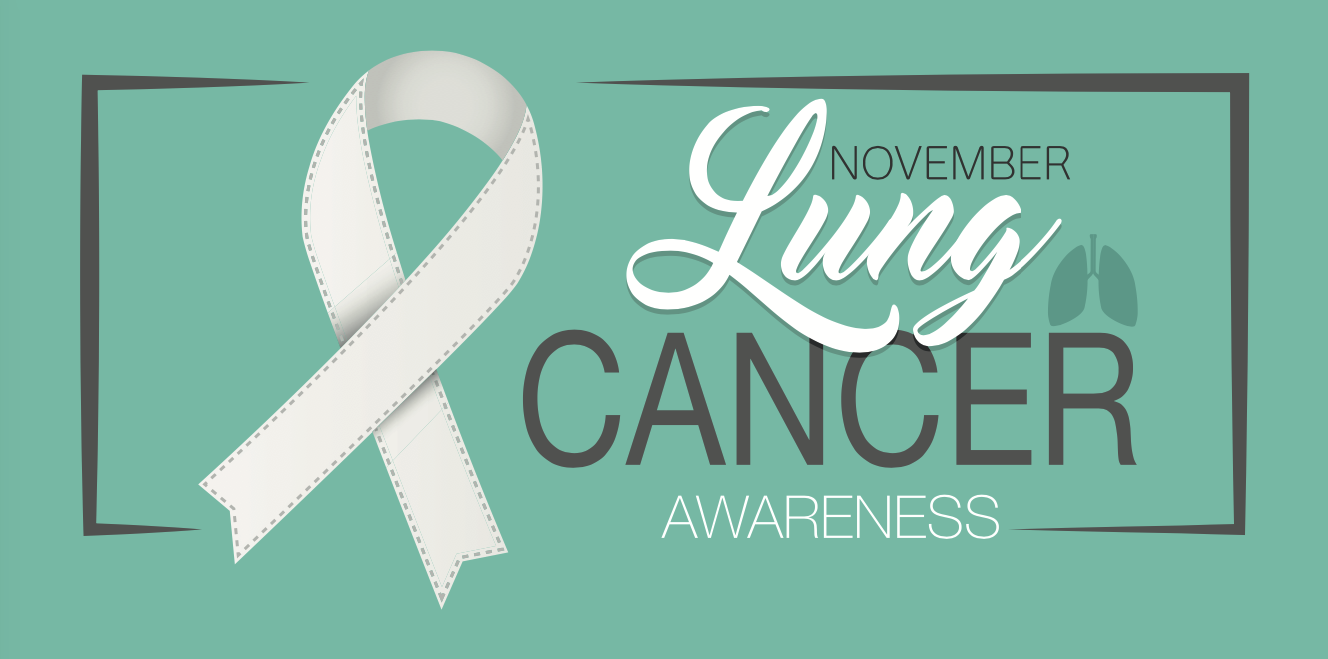From changing lifestyle habits, to increasing chemical toxicities in the air, the risks of one ending up with lung cancer is continuously increasing. According to recent statistics, lung cancer deaths last year was over 63,000, with almost equal number of the cases diagnosed, making it the highest cancer killer in the country.
 While there are numerous myths surrounding lung cancer which are highly misleading, it is important to know what are facts and what is myth.
While there are numerous myths surrounding lung cancer which are highly misleading, it is important to know what are facts and what is myth.
With November being marked as the month for lung cancer awareness, let us make our clouds clear on how it occurs, its diagnosis, prevention and treatment.
What is lung cancer?
Lung cancer usually originates from tissue cell linings in the air passages of the lungs. There are two types, non-small cell lung cancer (NSCLC) and small cell lung cancer (SCLC), which can be identified on how they look through the microscope. Notably, more than 80% of all cancer cases belong to non-small cell type which has three major subtypes – adenocarcinoma, squamous cell carcinoma and large cell carcinoma.
When the tumour develops, it spreads to different parts of the body like liver, bone, brain, lymph nodes and adrenal gland through the lymphatic vessels and blood. This is called metastasis, where 40% of the newly diagnosed cases in India are at this stage even when the initial symptoms occur.
Lowering the risks of getting lung cancer.
Lung cancer is complex and there are no proven ways to completely prevent it. However, there are a few ways to make sure the risks are significantly less.
Staying away from smoking
Cigarette smoking is responsible for approximately 90 percent of all lung cancer cases. Avoiding it is the best way to prevent lung cancer.
Quitting smoking
Even if you have a long history of smoking, quitting it immediately will reduce the effects significantly. Quitting means breaking the cycle of addiction and essentially rewiring the brain to stop the nicotine craving.
Dietary changes
Though not completely proven, focusing on a diet rich in fruits and vegetables and regular physical activity can keep your lungs healthy.
Avoiding second-hand smoking
Avoid inhaling the passive smoke from cigarettes and other carcinogenic substances to further lower your risk.
Diagnosis
It is imperative to let your doctor know about the potential risk factors you might be in exposure to, like smoking, occupational hazards and lifestyle. This will help them to assess your case better and suggest appropriate screening tests.
Imaging tests –
Chest X-ray – To look for an abnormal mass in lungs.
CT(computed tomography) scan – More likely to detect a mass than chest x-rays. Can also provide information on the size, shape and position of the tumour present.
MRI (magnetic resonance imaging) scan – Helps in staging of cancer. It is often used to detect metastasis to brain and spinal cord.
PET (positron emission tomography) scan – A PET scan will help to identify the areas where the tumor has spread.
Laboratory/post-imaging tests –
Post detection of mass in lungs through relevant imaging tests, the actual diagnosis is done by a biopsy test, looking at the tumor cells in microscope.
Treatment of lung cancer
The type of treatment depends on the
– Patient’s current condition and medical history.
– Type of cancer (SCLC or NSCLC).
– Extent to which the tumour cells have spread (metastatic or non-metastatic).
-Size of tumour.
Based on the above factors, one or a combination of surgery, radiation,chemotherapy, targeted therapy or immunotherapy is followed. Thanks to the advanced and evolving treatment options for lung cancer, the treatment landscape is changing towards a positive pace. Discuss with your doctors closely to know more on the current advancements and suitable options for your condition.
At Onco.com, we are dedicated to guide patients by suggesting cutting-edge treatment options for lung cancer, and have successfully helped them gain confidence. In this month of lung cancer awareness, let us take an oath to set ourselves and our loved ones to be transparent about lung cancer – its symptoms, risk factors, diagnosis, prevention and treatment options.


